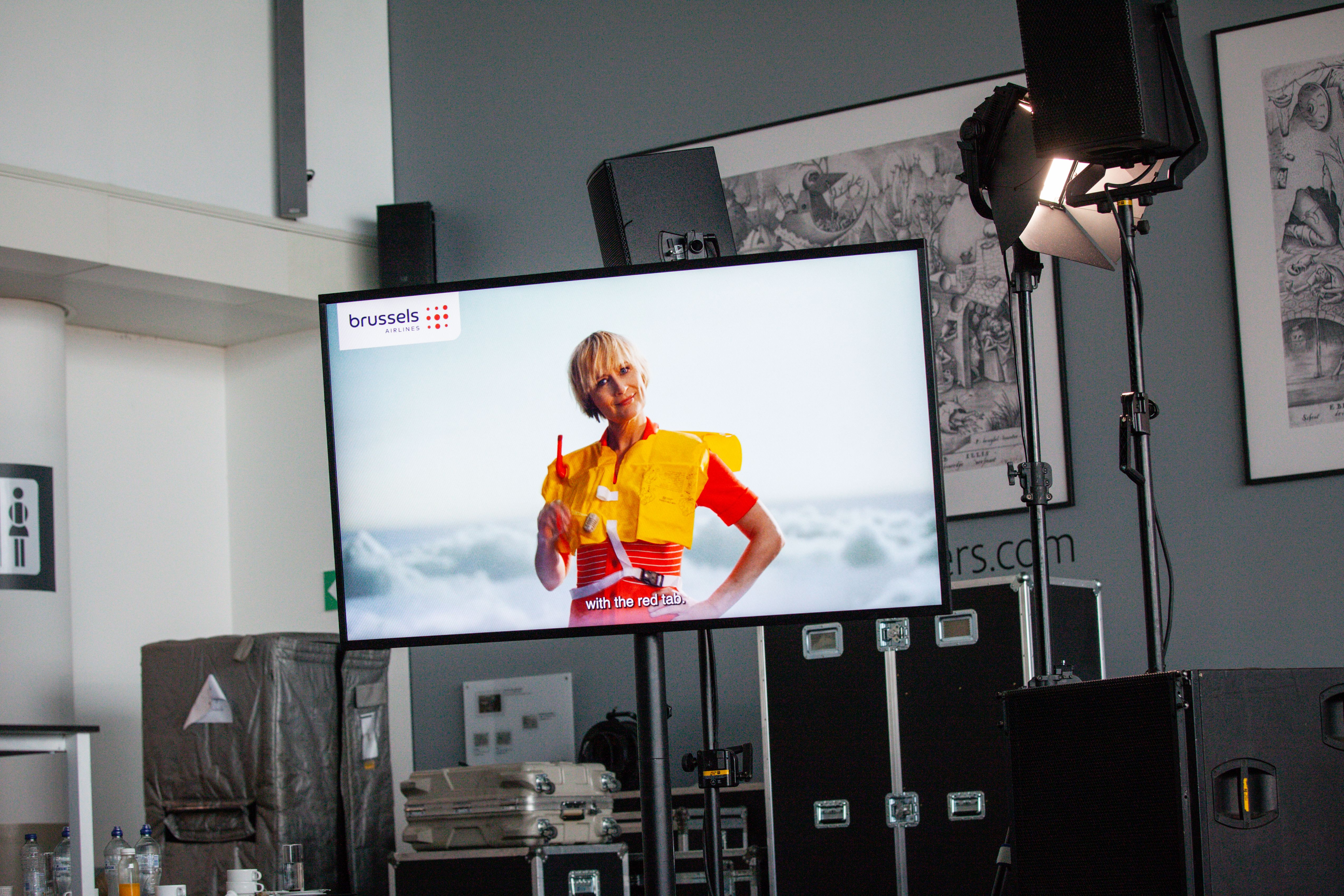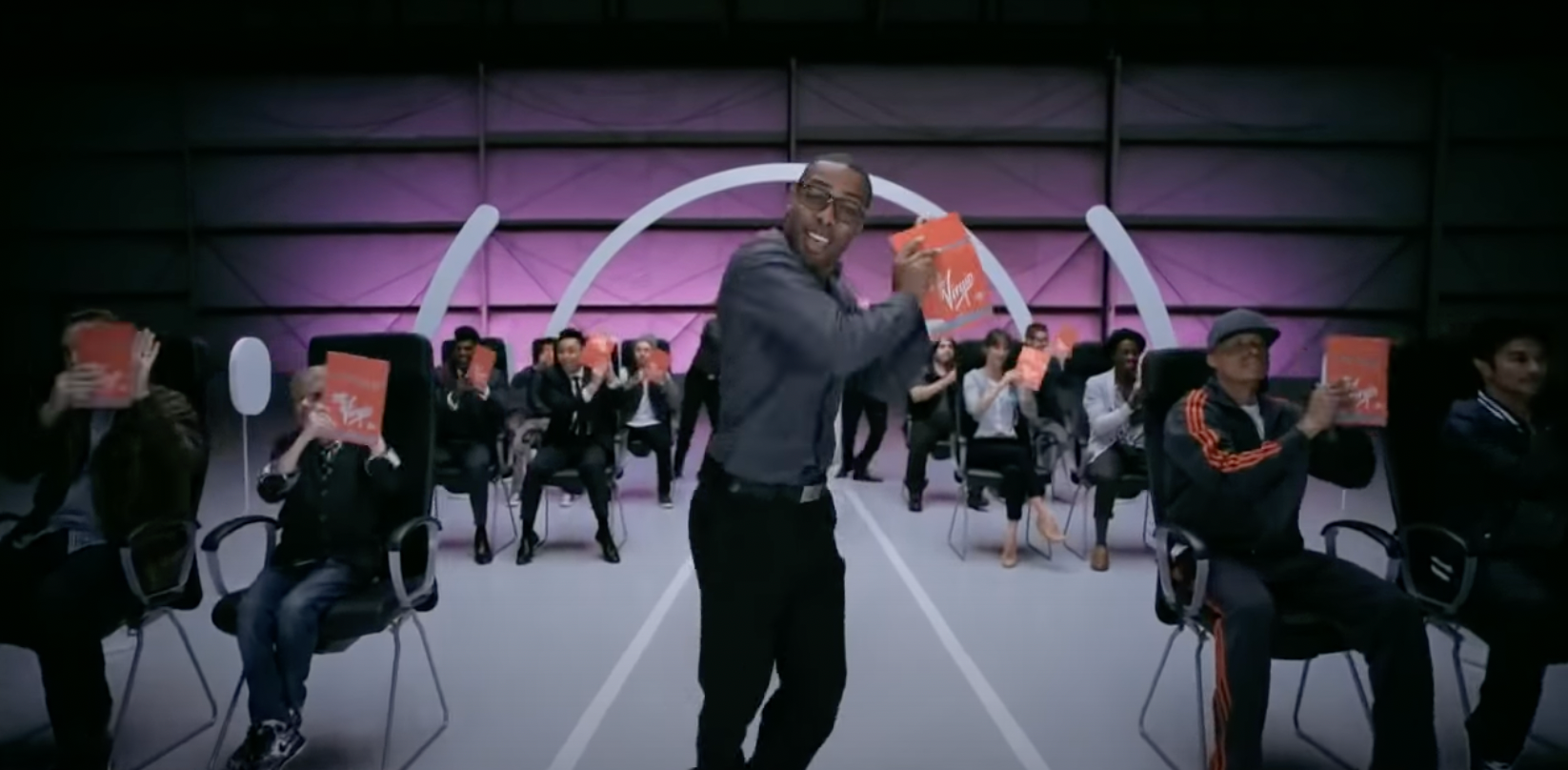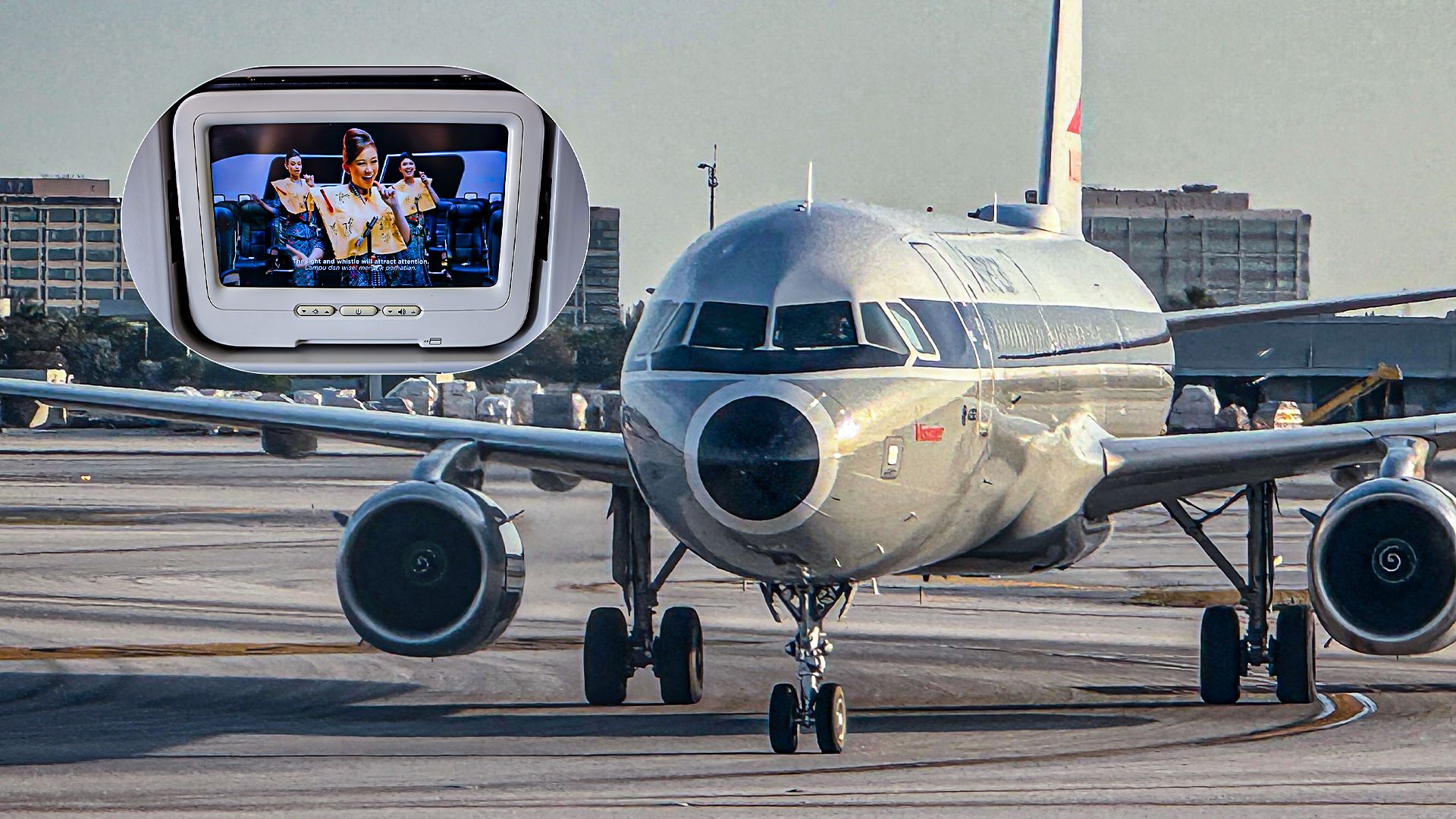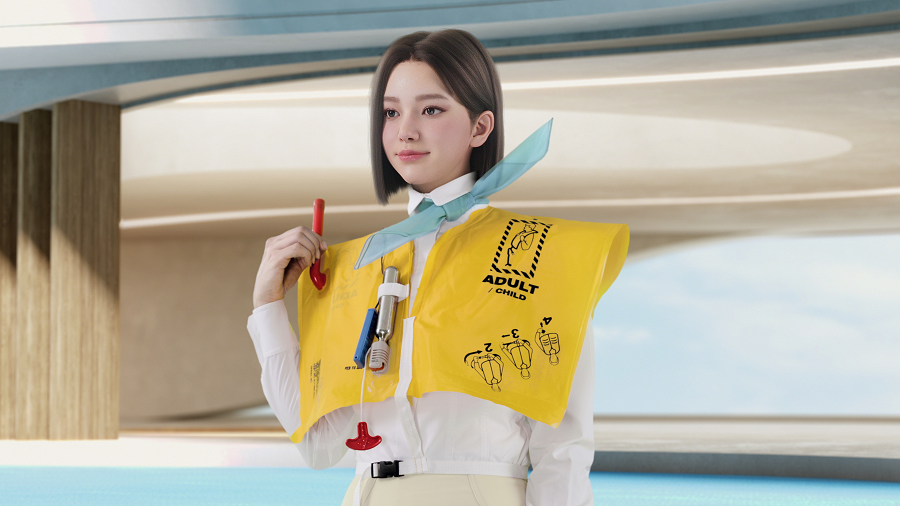Summary
- Safety videos evolved from mundane demos to creative, humorous productions.
- Airlines embraced animation & storytelling to establish a brand identity.
- Some people feel safety videos are more catchy than effective, but others say creativity increases engagement.
Despite the aviation industry being more than a century old, the airline safety videos aren’t as antique. The development of modern digital cameras and a video-making industry that has boomed considerably after the introduction of YouTube has led to carriers coming up with creative ways of demonstrating safety practices common to almost all carriers worldwide.

Related
How Have Airlines Adapted Their Safety Videos To Aviation’s Many Historical Changes?
Gone are the days of dull and identical explainers that put passengers to sleep.
Gone are the days when flight attendants would give you mundane instructions on how to fasten your seatbelt or where the emergency exits are in video form. These have been replaced with creative, humorous animations or storytelling that goes beyond the confines of an aircraft. In this article, we will dive into how airline safety videos have changed.
Image: Korean Air
What the earliest safety videos were like
The earliest safety videos produced by airlines found their way in an aircraft in the 1980s, thanks to the inflight screens, whose primary function was entertainment. The videos acted as aids to the flight attendants’ briefing the passengers, as exemplified by the video of Japan Air.
The noughties was when airline safety videos really took off
The period between 2000 and 2009, often referred to as “aughts” or “noughties” was when airlines started to get creative with safety videos. They saw videos of this kind as an opportunity to establish what is now known as “brand identity”.
Virgin Atlantic was one of the first airlines to use animations in its safety videos. Gordon Clark, the lead animator of the video, described the purpose behind making the video, which resembled Doodle:
“We were trying to make it funny, but we also wanted it to be gentle, and not particularly ham-fisted or cartoony. Not like a kids’ cartoon, but more sophisticated and dryer.”
The first viral safety video
“Deltalina” was the epithet earned by a Delta Air Lines cabin crew who played the lead role in the carrier’s first “viral” safety video. This video, which amassed more than 300,000 views in the first month of the release, wagged her finger theatrically as she gave a big “no” to smoking on an aircraft.
A few recent examples of some notable changes in safety videos of carriers
India’s culture shines in Air India’s new safety video
The safety video of the Boeing 787 used by the Indian flag carrier, Air India, was more or less a video guide of the announcement that the cabin crew made before a flight took off. But the upgrade to its latest safety video was wonderful.
I can personally attest that the safety videos Air India released earlier this year surprised this author. The author is a practitioner of Kathak, a dance form from India. Air India has used the expressions of this dance form (alongside other dance forms in India) delightfully in its safety videos, and I was smirking at how it used various “mudras”, used in Yoga – another of the great forms of art and science – to demonstrate how passengers can use these for a safer flight. The video is bound to resonate with a lot of Indians onboard. In addition, it also exposes travelers outside India to the rich cultural tapestry of this country.
American Airlines’ smooth transitions into HQ videos
The development of safety videos for American Airlines is more or less similar to the development of its logo: the strong footholds of the elements of the previous ones are kept, but these have been given a more sleek touch.
In a safety video from a decade ago, many staff working for the airline, such as the pilots, cabin crew, technical officers, and ground handlers, give us ideas on how to fasten seat belts, where the exits are, and how to use life jackets. The involvement of many people working for the American flag carrier gives us a sense of how each person working for the airline cares about the safety of each passenger.
In the video released a couple of years ago, a cabin crew takes center stage and shows how to approach an exit, slide through, and how masks need to be used in case of depressurization.The video is a veritable bridge between the training received by a cabin crew and how these lessons could be delivered to passengers without losing all the technical details of the process.
The latest safety video of the carrier combines the elements of the two different types of videos – there is a single narrator who explains safety procedures. At the same time, we can see many reassuring faces (working for the airline) who help us know that the carrier takes their phrase “You are why we fly” earnestly.
Have the safety videos become more effective over time?
Air crashes are a rarity these days. The safety records of airlines have increased effectively, and no longer is it the case, as was with the first flight attendant, Ellen Church, that the primary function of a cabin crew was to soothe the nerves of passengers too scared to get onboard due to their fears of flying. So, it might be said that people generally don’t pay too much attention to safety videos.

Related
The Controversy Behind One Of The Best Ever Airline Safety Videos
Did you know that the super popular Virgin America safety video was part of a lawsuit?
This might be one of the reasons why there’s so much extraneous information in safety videos, and some worry that videos are more “catchy” than “effective”. However, others feel differently. Alison McAfee, managing director of communications for the trade group Airlines for America, told Bloomberg that the purpose of making safety videos attractive is primarily about safety:
“Our members want to ensure everyone, including even the most frequent travelers, listens to and abides by the safety briefings. To do so, airlines are getting more and more creative to maintain interest in the standard safety information.”

